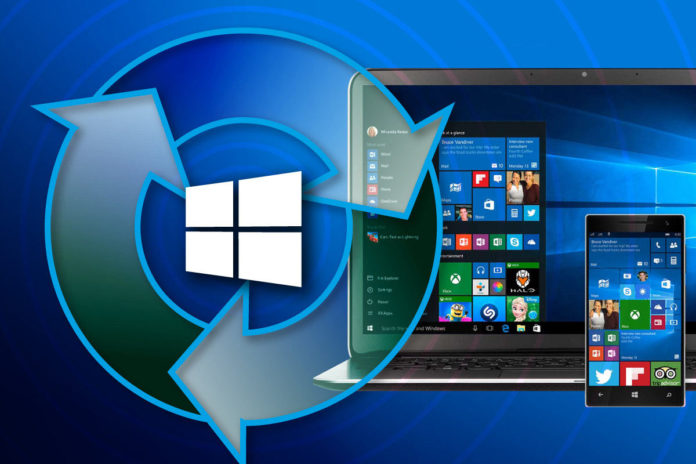
Windows 7 was one of Microsoft’s best-loved computer operating systems. And although Microsoft has been notifying users of the impending demise of Windows 7 for almost four years, the latest figures from Netmarketshare show nearly 36% of PC owners are still hanging on to Windows 7. With the January 14, 2020, end of life looming near, if you’re one of the users still on Windows 7, it’s time to make plans to move on.
Windows 7 will continue to work after the end of life date, but it’s risky to do so. Microsoft will no longer issue bug-fixes, security patches or new functionality, making your computer significantly more susceptible to malware attacks. And, if a large number of people continue to use Windows 7 after the end of life date, it becomes a big incentive to malicious hackers to target Windows 7.
So, what are your options? You can pay a premium to Microsoft for continued support on Microsoft 7 through 2023, but at $75 per device per year to start and doubling every year, it may end up costing you a pretty penny.
Your best bet is to update your operating system to Windows 10 now. There’s another consideration as you plan for your migration to Windows 10. Microsoft has done an admirable job of making Windows 10 able to run on older hardware, but it still may struggle on much older machines. You may find the need to update some of your hardware for optimal performance. All the more reason to begin your planning well in advance of the January 2020 date.
Microsoft is also sunsetting the popular Windows Server 2008 R2 and Small Business Server 2011 at the end of this year. And just like Windows 7, continuing to use the expiring servers after its end of life date is extremely risky. Once patches and security updates end for the product, it’s virtually impossible to prevent attacks from hackers if the product contains vulnerabilities that aren’t being fixed.
And one more bit of advice. Before you begin upgrading your systems, you should make sure your documents are safely backed up. If you’re upgrading to Windows 7 from Windows 10 on the same machine, the transfer of files is automatic, but it’s best to back up, just in case something goes wrong.
Eric Olmsted is president of On Line Support, headquartered in Vancouver. On Line Support provides technology consulting and management services for small to medium businesses in the Pacific Northwest. Olmsted can be contacted at eric@on-line-support.com.






